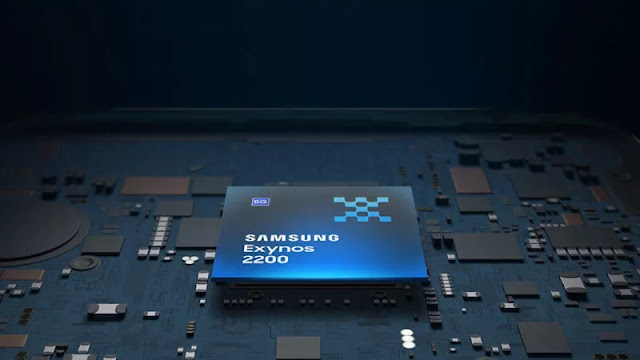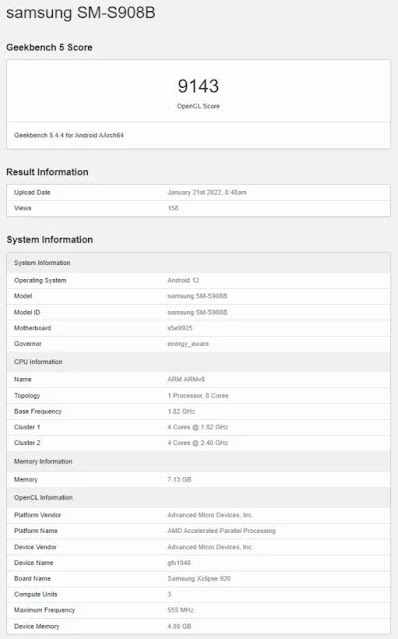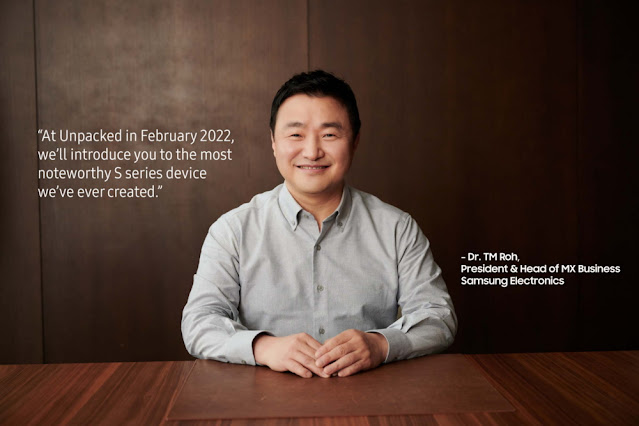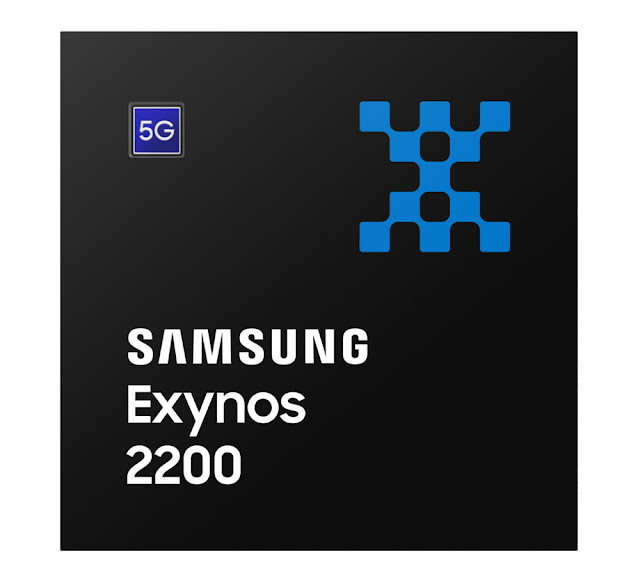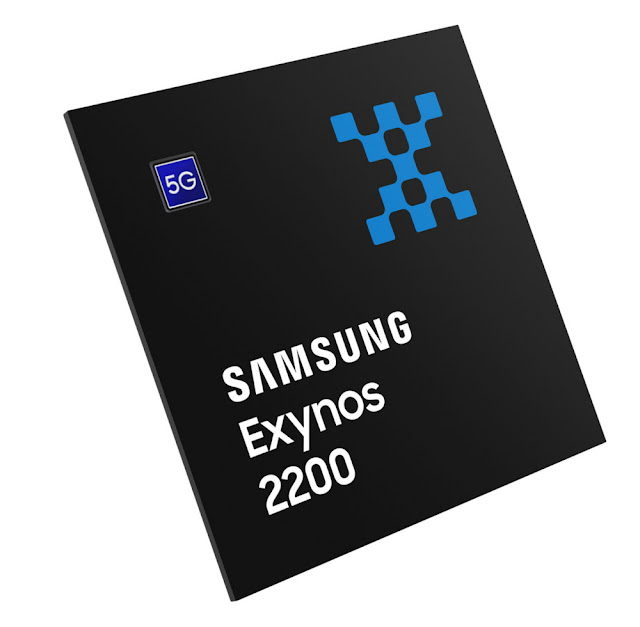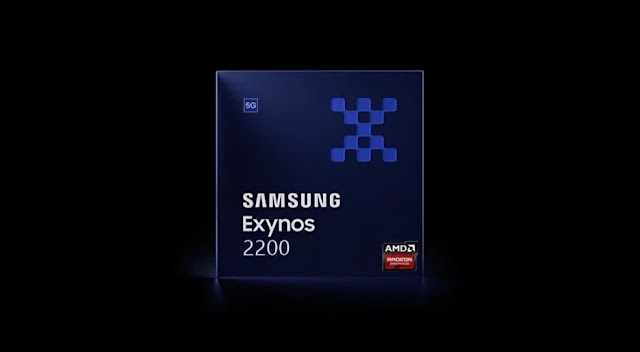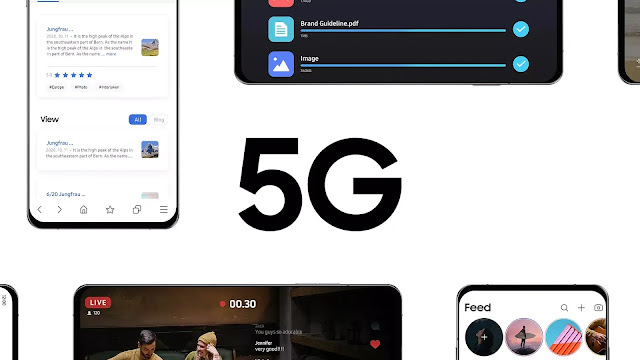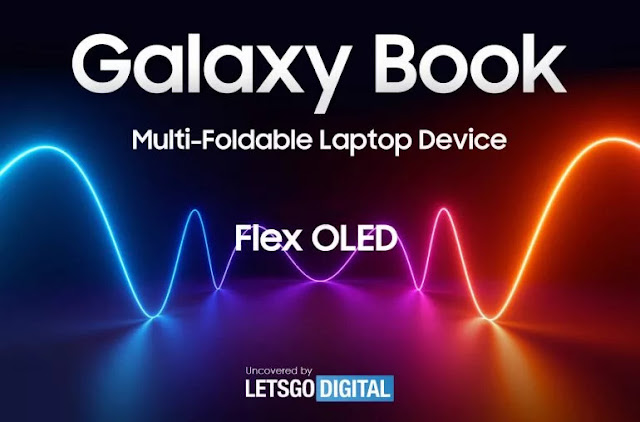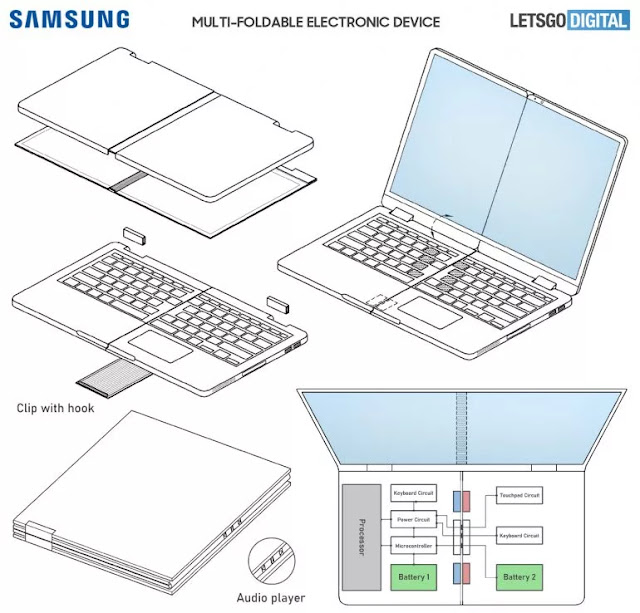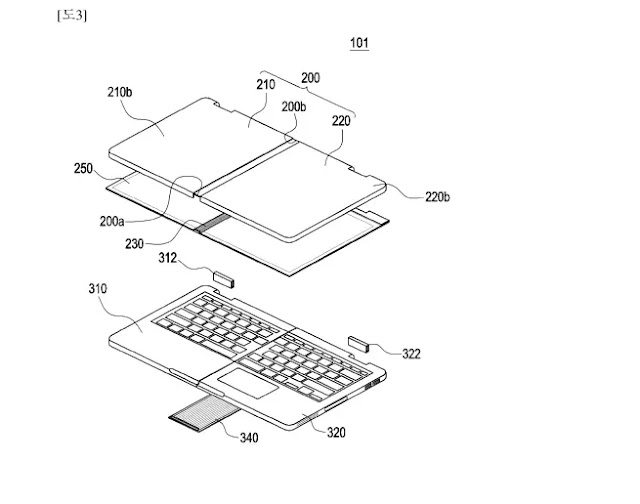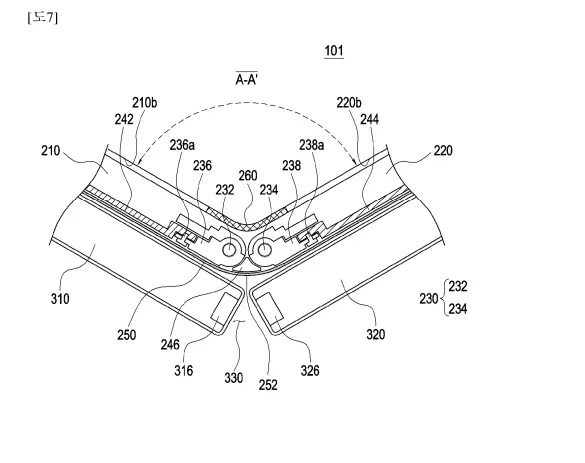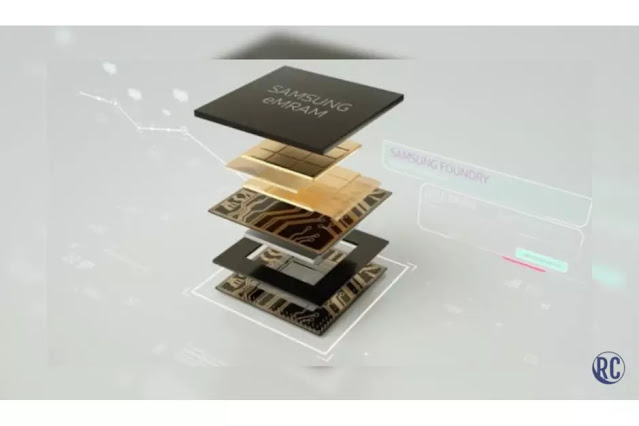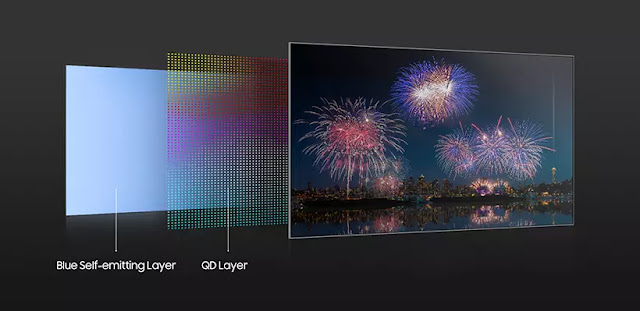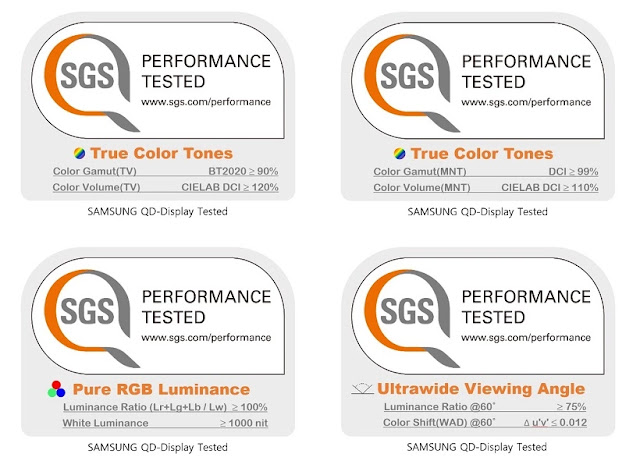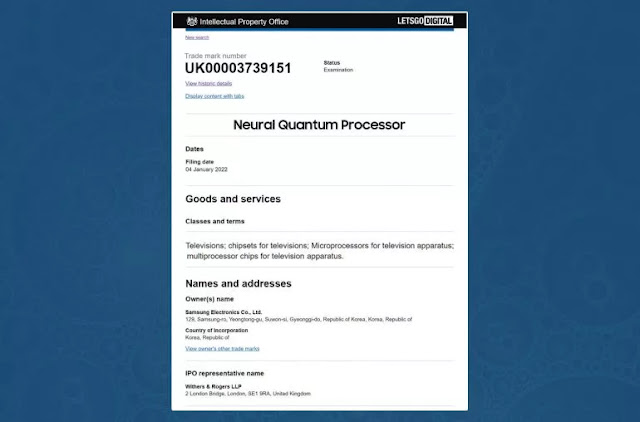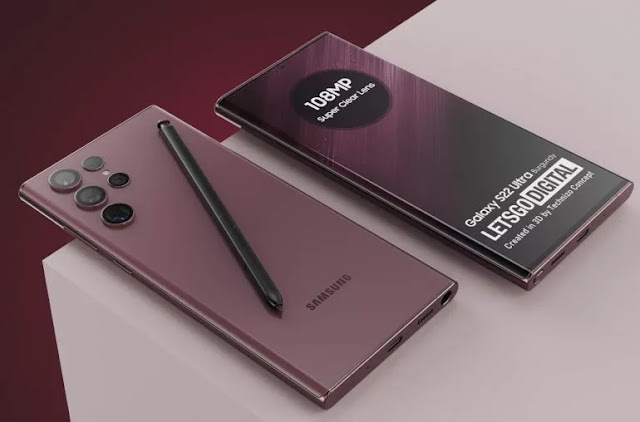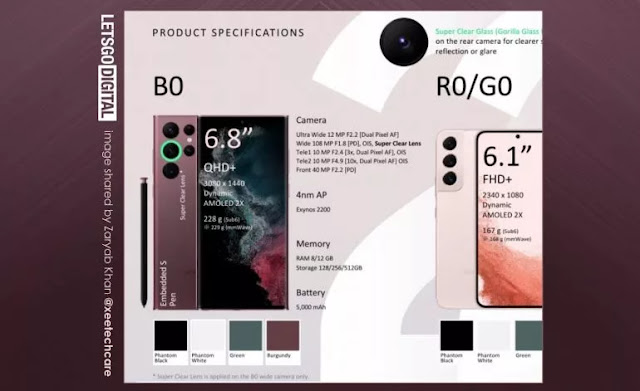Samsung has released a smart all-in-one fingerprint security IC for biometric payment cards
increased security capabilities offered by Samsung’s exclusive fingerprint authentication algorithm and anti-spoofing technology, the new security IC solution integrates a fingerprint sensor, Secure Element, and Secure Processor into one chip.
The new circuit Embedded Security is the industry’s first all-in-one security chip solution that reads biometric information via a fingerprint sensor, stores and authenticates, attracts encrypted data with a tamper-proof OS, and scans and processes data with a secure processor Three key functions integrated into a single chip, the S3B512C can help card manufacturers reduce the number of chips needed and optimize card design processes for biometric payment cards. integrated security, biometric payment cards will enable faster and more secure interactions during purchases. that eliminates the need for the ability to enter a PIN on a keypad and also prevents fraudulent transactions made with lost or stolen cards as it verifies identities using a unique and securely stored fingerprint.
Its solution’s encrypted fingerprint data is kept in a SE that has been certified by EMVCo and CC EAL 6+, two widely recognised security standards. The new IC has a patented fingerprint authentication algorithm and a Secure Processor that extracts and analyses the unique features of the fingerprint put on the sensor to safely and reliably authenticate the user’s identification. Furthermore, the chip’s anti-spoofing technology stops unauthorised users from bypassing the security system by using illegitimate means like fake fingerprints.


